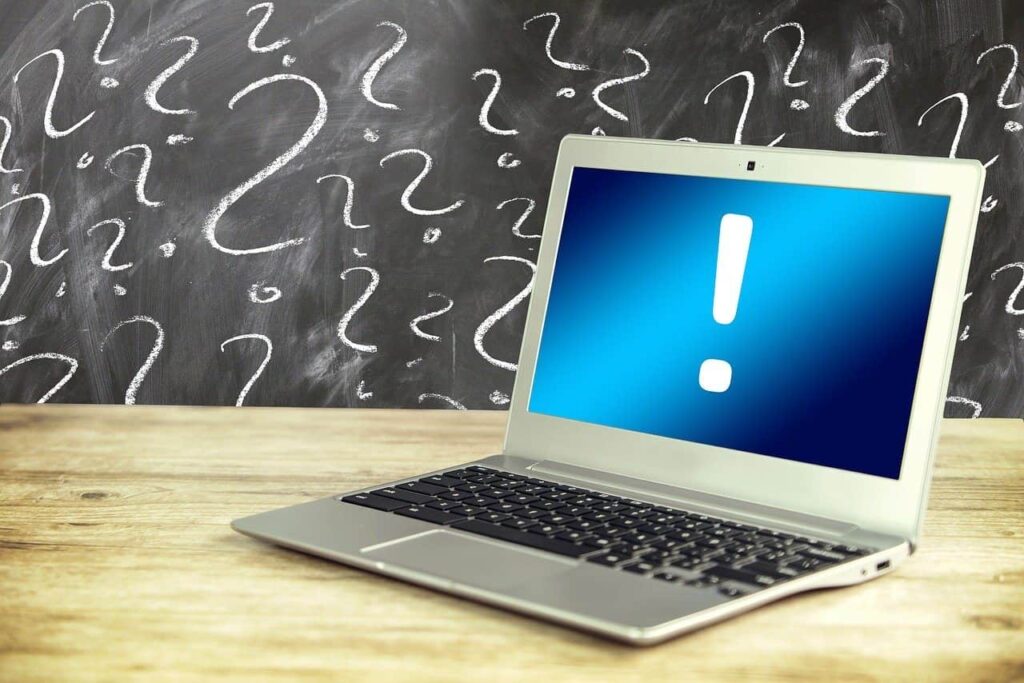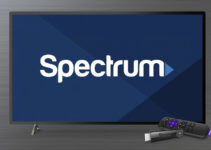Computer troubleshooting helps you find out why something isn’t working while resolving the issue in the best possible way. A faster computer gives you better connectivity while processing information fast, resulting in improved productivity. When you have issues with the computer, it cannot work efficiently. This post discusses how to troubleshoot common issues quickly and make your computer perform better again.
Identifying the Problem
The first step of troubleshooting involves identifying the problem and describing it properly. There could be visible symptoms indicating that the computer needs repair. Also, look for error messages that pop on the computer screen more often. Use diagnostic software and tools if you are unable to find issues on your computer.
Basic Troubleshooting Steps
Before hiring the best IT support in Seattle, try to find out the problem by yourself. Restart the computer to see if things are working like before. Sometimes, the peripherals and connectors are loosely attached to the corresponding side. Ensure that the connections are good. Seek help from the right testing applications or software to know what is causing the trouble.
Dealing with Slow Performance

Source: linkedin.com
Try to find out what is causing your computer to perform slowly. There could be hardware and software issues. If you don’t know how to do it, seek help from an expert. Remove old programs, upgrade your system memory, delete large, old files, clear browsing history and cookies, and limit auto-startup apps. When you address these problems, your computer becomes fast again.
Resolving Software Glitches
Common software issues and crashes include software failure due to malware, bugs, viruses, and incompatible drivers. Close unnecessary programs running in the background, look for software patches and scan for viruses. Use programs and software from reputable vendors. Keep your systems updated.
Addressing Hardware Problems
Overheating and component failure are major hardware issues. Watch out if the computer overheats soon after starting it. Or, you find it overheated after running games or editing programs. If so, remove the programs. You did everything but the problem persists. In that case, seek professional help from a renowned IT support in Seattle.
Handling Internet and Connectivity Problems
Troubleshooting internet connectivity issues includes restarting the router, checking if the service is blocked, backdated driver issues, addressing physical connectivity problems, and checking DNS settings. Resolve network issues by performing a DNS check, checking on virus protection, or contacting the ISP. To keep connectivity problems at bay, ensure that you have a secure connection with updated hardware.
Dealing with Virus and Malware Infections

Source: getquicktech.com.au
Sudden slowdowns, inappropriate ads, pop-ups, repeated error messages, and crashes are signs of malware infections. Consider using an antivirus software to remove malware and viruses. Install the latest updates from Microsoft, use the Windows Malicious Software Removal Tool, and use an antivirus program of your choice and keep it updated. These are some of the best practices for increased security.
Data Recovery and Backup
The system restore feature may recover deleted or lost files but not always. You may have to use advanced software that helps recover these files. Backups protect against power failure, virus attacks, hardware failure, and human errors. Strategies for data protection involve the type of data to be backed up, how to recover them later, and which storage medium to use.
Conclusion
The main troubleshooting techniques include virus and malware removal, running fewer programs, freeing up space, uninstalling unwanted programs, and keeping your system updated. It is important to develop troubleshooting skills because you may not always find an expert near you. Keep your computer healthy by keeping it clutter-free.



